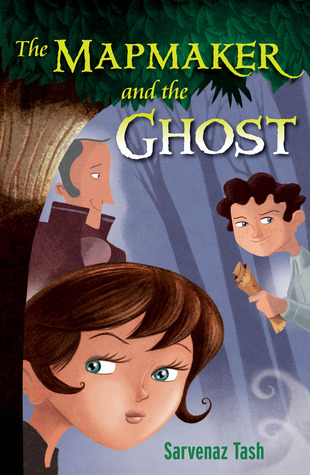So, like, I heard this song the other day. It was by this indie band called “Carly Rae Jepsen.” You’ve probably never heard of them.
Actually *removes hipster glasses* while most of the appeal of “Call Me Maybe,” the song that dominated the summer of 2012, comes from its earnest simplicity, there is one line in the lyrics that has some real texture to it:
Before you came into my life, I missed you so bad
This line captures something universal and not at all trivial, the way that our memories of past emotions are reshaped by our current knowledge.
The thing is, we tend to think of ourselves as objective observers. We trust that our perceptions bear a one-to-one correspondence to the world around us. But the information that actually makes it from the outside world into our brains is much more limited and impressionistic. Our brains construct most of the details based on expectations about how the world works.
As William Wordsworth, the Carly Rae Jepsen of his time, wrote:
Therefore am I still
A lover of the meadows and the woods,
And mountains; and of all that we behold
From this green earth; of all the mighty world
Of eye and ear, both what they half-create,
And what perceive;
While this perceiving-and-creating is a good description of our perceptions, it is even more true of our memories. When we attempt to recall how we felt about something in the past, it might feel like we are accessing internal CCTV footage, what we are actually doing is more like reconstructing those feelings on the basis of crayon sketch by a drunk three year old.
For those of you without drunk three year olds at home, what I mean is that there are a lot of details that need to be filled in. In the case of memories, one of the places we go for these details is our understanding of the world in the present.
Here’s an example. In one psychology study (citation below), participants were asked to predict how they would feel if their team lost the Superbowl, and they were all like, “OH MY GOD THAT WOULD BE THE END OF THE WORLD!!!!11!1!!!” But then, when their team actually did lose the Superbowl, they were like, “Whatevs, dude.”
That’s maybe not too surprising, but the interesting thing is that when these people were asked to recall how they predicted that they would feel, they tended to remember feeling like it would not have been that big a deal. That is, their recollection of their emotional state in the past was anchored to their emotional state in the present.
Similar results were found for studies on the 2008 presidential election, satisfaction from completing a major purchase, and how much they would enjoy eating jellybeans, depending on the order in which jellybeans of different flavors were eaten.
 |
| While “recall of predicted hedonic sequence” sounds like a totally awesome study, in a hookers-on-mars-with-three-boobs sort of way, this study was actually about eating jellybeans. |
In “Call Me Maybe,” there are a couple of different ways to interpret the line “Before you came into my life I missed you so bad.” One possibility is that Carly Rae is, in fact, a time traveler from the future. At the age of twenty four, she met her one true soulmate. Unfortunately, he was ninety-six years old and was unable to keep up with her sexually. So, she traveled back to the year 2009, and then waited for her ripped-jeans Adonis to show up in her life on that hot and windy night.
A second possibility is that her emotional state after having met this guy colored her recollection of her emotional state in the time before she met him.
Here’s that video of the US Olympic Swim Team lip-syncing “Call Me Maybe.” While you’re watching it, I want you to try to remember how invested you were in the outcome of the Olympics back in July and August. Then notice how little you care about the Olympics in retrospect. Now, recognize that while you think you were all, “Olympics, Schmolympics!” at the time, you were actually all “USA! USA! That Ryan Lochte boy seems nice!”
Don’t you feel dumb?
Don’t own it? Here it is on iTunes. Buy It!!
Meyvis, T., Ratner, R. K., & Levav, J. (2010). Why Don’t We Learn to Accurately Forecast Feelings? How Misremembering Our Predictions Blinds us to Past Forecasting Errors. Journal of Experimental Psychology: General, 139 (4), 579-589 : 10.1037/A0020285





